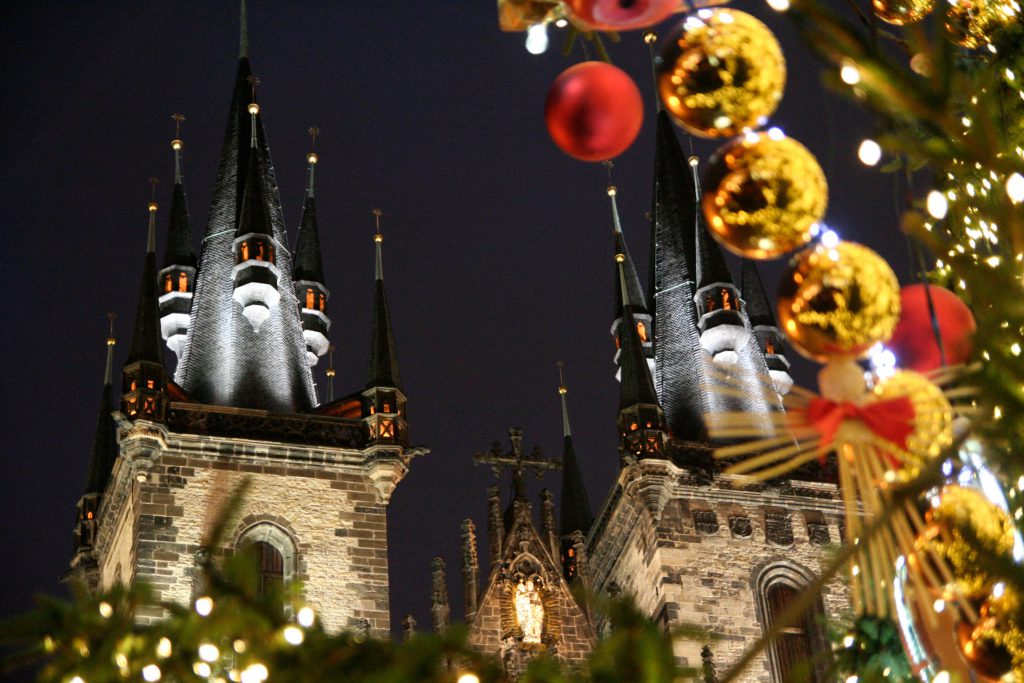Cherry blossoms (sakura) are symbolic in Japan. They are frequently found in Japanese art, film and music. The flower appears on all types of consumer goods, including stationery, dishware and clothes.
In Buddhism, the cherry blossom symbolizes the transient nature of life because the cherry tree often only blooms for a week or two. The blossoms have been compared to a young woman’s beauty or as a symbol of life’s fleeting magnificence for Japanese samurai, soldiers and gangsters.

In Japan, between late March and early May, weather reports are carefully scrutinized to predict when the cherry trees will bloom. The blossoms begin in the southern part of the country, in the islands of Okinawa, and do not reach the north, in Hokkaido, until the end of the season. In Tokyo, Kyoto and Osaka, visitors will want to time their visits to the end of March and beginning of April to see the trees in full bloom.

The Japanese hold outings called hanami to view and celebrate the cherry blossoms. Hanami include bountiful picnics with traditional fare such as dango and bento and lots of singing and sake. In much of Japan, the cherry blossoms mark the end of vacation, and the start of work and school. Therefore, many hanami celebrations include classmates and coworkers.
Cherry blossoms have become part of US culture too.

Early in the 20th Century, Japan gave more than 3,000 trees to the United States. Some of these trees were planted next to the Tidal Basin in Washington, D.C. These trees continue to be a major tourist attraction. They are part of the annual National Cherry Blossom Festival in the early spring. Macon, Georgia, with 300,000 cherry trees, considers itself the “Cherry Blossom Capitol of the World.” In late March, it holds the International Cherry Blossom Festival.








Leave a Reply